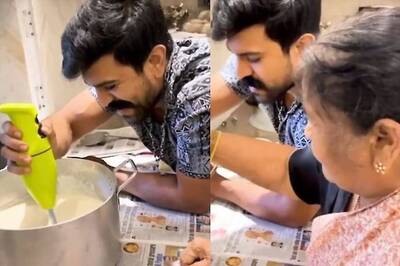
views
Washington: Indian-Americans numbering 3.34 million is the third largest Asian community in the United States, after China and Philippines, a report said.
The Indian-American population shot up 76 per cent in the first 12 years of the 21st century, a report on demographics of the Asian-American population released by the Center for American Progress said. While the Chinese-Americans form the largest group of Asian-American population with 4.1 million (22 per cent), Filipinos-Americans are placed second with 3.59 million (19 per cent) followed by Indian-Americans with 3.34 million (18 per cent).
Indian-Americans grew 76 per cent from 2000 to 2012, compared to Filipino-Americans who expanded by 52 per cent in the corresponding period. The top six groups - Chinese, Filipino, Indian, Vietnamese, Korean and Japanese - account for 85 per cent of all Asian-American residents.
Japanese-Americans who were once in the top two Asian-American communities have seen a decline in population share. They form the smallest of the top six groups.
"While this shows a fair amount of national origin concentration, it nevertheless represents a decline from 89 per cent for these top six groups in 2000, as smaller Asian American groups have grown disproportionately in the last decade," the report said.
As many as 56 per cent of the Asian-American population lives in the top five states of California, New York, Texas, New Jersey, and Hawaii. The largest concentration of Indian-Americans is in three States - California (19 per cent), New York (12 percent) and New Jersey (10 per cent). Hindus (51 percent) are in majority among Indian-American, followed by Christians (18 per cent), Muslims (10 per cent), Sikhs (5 per cent), Jains (2 per cent) and Buddhists (1 per cent).
Some smaller groups such as Bangladeshi-Americans are growing at an exceptional rate 177 per cent between 2000 and 2010. If this rate is maintained, it will have a large impact on the future diversity of the Asian-American community, the report, by Karthick Ramakrishnan and Farah Ahmad, said.
"Indeed, we might even see new forms of detailed origin identification. For example, it is possible that, as these South Asian populations grow and settle longer in the United States, we might see a new consolidated subgrouping of South Asians that is used fairly commonly among second-generation immigrants on many college campuses and increasingly among social service organisations," the report said.




















Comments
0 comment